MH370: Eight questions on missing Malaysia Airlines Flight MH370 that need answers
RADAR anomalies and secrecy surrounding the French analysis of the only MH370 part ever found are ringing alarms bells.
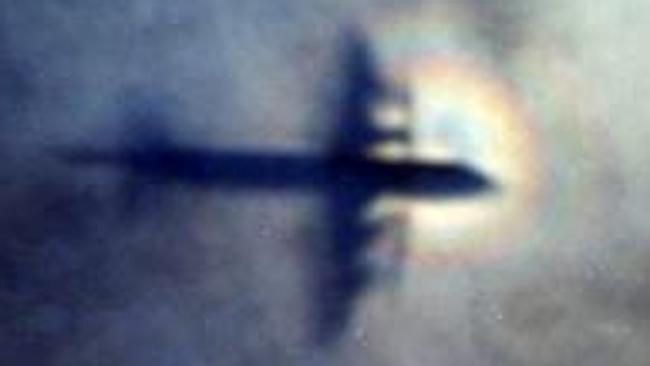
EXCLUSIVE
THE overwhelming perception of the disappearance of Malaysia Airlines flight MH370 and its 239 passengers on March 8, 2014 is that there has been a monumental cover up.
From the initial refusal of the Malaysians to release the full cargo manifest to confusion over whether the plane was tracked by military radar or not, the combined effect of withholding information while spreading disinformation has been less muddy waters than impenetrable swamp.
Less than two weeks before the second anniversary of the Boeing 777’s disappearance, we have an astonishing situation where an accurate reconstruction of events is impossible because vital questions have still not been answered.
Those questions relate to, among other things, radar anomalies and secrecy surrounding the French analysis of the barnacle-encrusted flaperon found on La Reunion last July — the only MH370 debris that has ever been found.
The public may be surprised to learn that the full French report has yet to be released.
Members of the highly respected MH370 Independent Group (IG) have carried out their own analyses based on photographs of the wing part but the French, bound by judicial protocol, have shared their findings with Malaysia only.
Barring a leak or a court order, the only way we will know what information the flaperon has yielded is if Malaysia includes the findings in its next MH370 progress report, due out on March 8.
Given Malaysia’s history of obfuscation, that’s not good news for next of kin, investigators (from both the IG and the Australian Transport Safety Bureau) or anyone else seeking the truth about the missing plane.
Damage to the flaperon will allow us to estimate the speed and angle at which the plane entered the water and whether or not it was controlled by a pilot as it descended. The barnacle species and its level of growth may provide a more precise “splashpoint”.
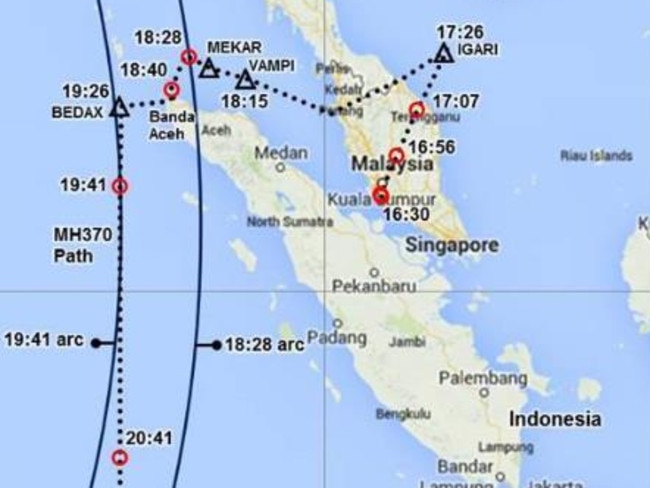
Yesterday morning, Voice 370, a group representing relatives of those on board the plane issued a statement accusing the Malaysian government of denying them “existing rights in law, including also access to justice mechanisms”, for the benefit of a private business, namely Malaysian Airlines System Berhad (MAS)”.
“The egregious behaviour of the Malaysian government has gone mostly unnoticed by the world press, but it deserves to be highlighted, investigated and broadcast far and wide,” Sarah Bajc, the partner of American MH370 passenger Philip Wood, said in an email accompanying the statement.
“After almost two years we still know nothing concrete about what happened to MH370, though we are SURE there is information that has been withheld. Besides the terrible crimes of negligence and obstruction, for allowing the plane to disappear then impeding the investigation of the disappearance of 239 people, the Malaysian government has also prevented the pursuit of reparations by affected families.”
News.com.au picked the substantial brains of three IG members, Dr Victor Iannello (US), Mike Exner (US) and Don Thompson (Ireland) to find out where the gaping holes in this ongoing investigation lie.
Dr Iannello put together a list of the questions he hopes will be addressed in the March 8 report. Don’t be put off by their technical nature; the longer they remain unanswered, the less likely it is the plane will ever be found.
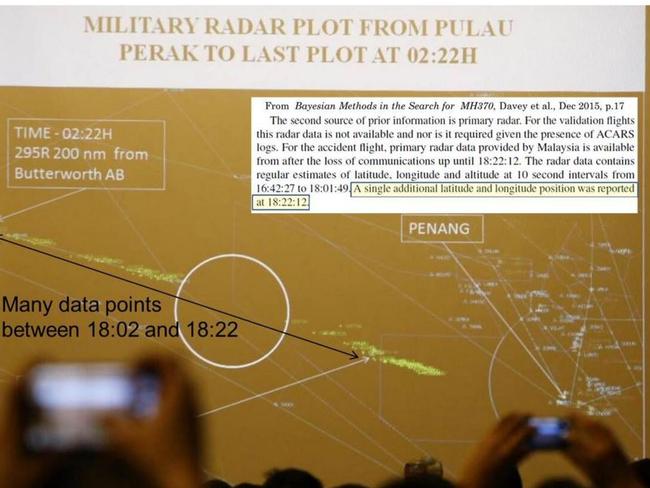
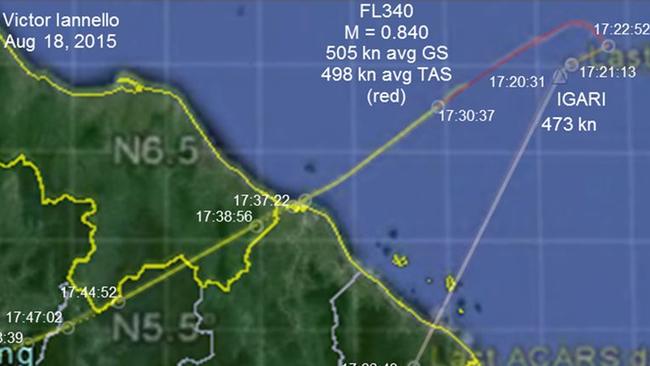
RADAR ANOMALIES
1) Malaysian military radar tracked what is believed to have been MH370 as it turned back towards Penang and then veered northwest in the Malacca Strait. Did military radar capture MH370 at the exact time that it disappeared on air traffic control screens as provided by secondary surveillance radar?
2) The flight path presented by the ATSB in a June 2014 report shows a sharp turn to the left after passing IGARI (a point in the South China Sea where MH370 disappeared from ATC radars - scroll up to see graphic) but experts say this sharp turn exceeds the performance limitations of a B777.
Was the turn actually captured on radar, or was it inferred from other data?
3)If the post-IGARI turn back was not captured, where is the evidence that later radar captures were indeed of MH370?
4) A recent report by Australia’s Defence Science and Technology Group (DST Group) used radar data supplied by Malaysia to estimate the speed of MH370 at the turn back after IGARI. Researchers detected something strange: a big reduction in speed followed by a recovery to normal cruise speeds. The results were the same even when a filter was applied to the radar data.
Is there an explanation for this significant change in speed at the turn?
5) In the same report, the DST Group claimed that the radar data provided by Malaysia shows that the second-to-last radar capture of MH370 was at 18:01:49 (GMT) and the last at 18:22:12 (GMT). However, that differs from radar data presented to next-of-kin at a conference held at the Lido Hotel in Beijing on March 21, 2014, which shows several radar captures within the same time frame. What is the nature of this discrepancy?
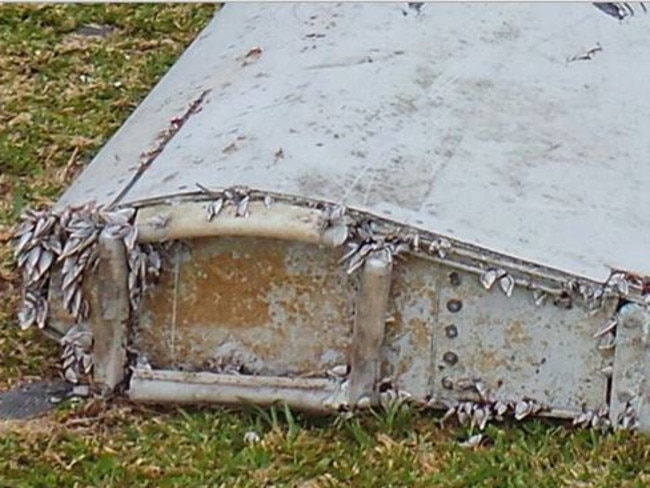
THE FRENCH ANALYSIS OF THE FLAPERON
Many questions remain unanswered regarding the flaperon that was recovered at La Reunion in July 2015 because the French have not released the results of their investigation.
6) The barnacle growth on the flaperon was reportedly consistent with that of an object which had been completely submerged. If this is true, are the results consistent with buoyancy studies of the flaperon?
7) Has the barnacle species attached to the flaperon been definitively determined? What is the habitat for this species? Is it consistent with a part that has drifted from the southern Indian Ocean to La Reunion?
8) It has been reported that the damage to the flaperon is consistent with controlled ditching. What does the failure analysis reveal regarding how the flaperon became separated from the wing and how it sustained the damage to its trailing edge?
Mr Exner said the importance of a detailed flaperon analysis could not be underestimated.
“It’s imperative to know if the flaperon separated from MH370 in the air, before the main impact, due to flutter,” he told News.com.au.
“Establishing that it did, in fact, separate due to flutter would be very strong evidence that MH370 is very close to the 7th arc, and (that) the search has missed it.”
Mr Thompson said there were three gaps in the early history of the flight “for which knowledge should exist” .
They include comprehensive radar tracking from 17:21 (GMT) to 18:02 (GMT), satcom activity between 17:07 (GMT) and 18:25 (GMT); and radar tracking after 18:02 (GMT), he said.
“Information does exist to fill these gaps and it will contribute to a more accurate flight reconstruction and give solace to the many hundreds of people who are still
wracked by this event,” he said.
Mr Thompson also called on the ATSB to release more detailed information about the underwater search in relation to ground already covered and that still to be explored.
“ATSB’s reporting for progress of the deep ocean search should be clearer given the Australian government has committed to contracts worth AUS$150m to prosecute the sea
bed search,” he said. “It’s a very challenging search, but to know which areas have been deemed, with certainty, to be clear of debris is important information.”




